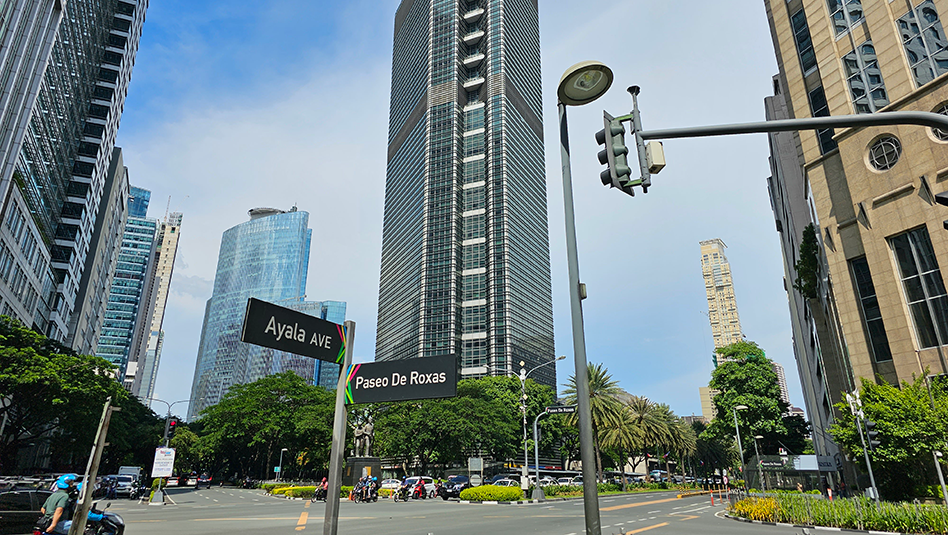RRR cut is good news for financial and property sectors
As in the past, a cut in the reserve requirement ratio of banks may give a boost to the economy and certain industries, but it may not be the same as before.

In 2019, when the Bangko Sentral ng Pilipinas (BSP) cut the reserve requirement ratio (RRR), stocks of property companies and financial institutions did very well.
And it could happen again, according to Anna Cudia, Head of Markets Research at Metrobank’s Trust Banking Group.
RRR is the percentage of deposits that banks must hold in reserves. Recently, the BSP announced that, effective June 30, the RRR will be cut by 250 basis points (bps) for big banks, 200 bps for digital banks, and 100 bps for small banks.
“The initial market reaction could be a rally in asset prices, with higher system liquidity expected to support economic expansion, which ultimately benefits corporate profits and equity valuations,” she said.
For reference, every 100-bp RRR cut will translate to around PHP 150 billion of additional liquidity in the financial system that banks may deploy as loans to consumers and businesses. More loans mean more economic activity and overall prosperity.
However, at the onset of the pandemic, the BSP encouraged banks to lend to micro, small, and medium enterprises (MSMEs) by considering such loans as alternative reserves. This provision is set to expire on the effectivity date of the RRR cut, thereby limiting the net impact of the cut to just around PHP 100 billion, according to Cudia.
Big winners
Still, some will benefit more from this than others.
“Cyclical stocks such as those of banks and property companies are the primary beneficiaries of economic expansions. When the BSP cut RRR by 400 bps in 2019, these sectors were also seen as the biggest winners,” she added.
Caution, however, is still needed.
“There could be some corrections as the gain may be tempered by uncertainties this time around,” said Cudia.
The BSP may still siphon off excess liquidity to control the inflationary pressures of this RRR cut and stabilize the peso. That is why the BSP announced that it will also launch the 56-day bill, which may neutralize the effects of the cut. Controlling inflation, after all, is the main mission of the central bank.
Likewise, there are rumors of a fresh Retail Treasury Bond (RTB) issuance in the second half of the year.
Prepare for opportunities
There are some ways that investors may take advantage of this recent development with the RRR.
A rally in the peso government securities (GS) market is expected. Metrobank’s recommendation is still the same – take advantage of any rally in yields to take profit from medium- to long-term bonds.
For equities, Cudia said investors may start adding some exposure to the financial and property sectors, “but not much, as pullbacks may also occur.”
But what of the foreign exchange rate?
“Muted impact is seen given that the BSP reiterated that the cut is merely an operational move. It should not be treated as a change in their monetary policy settings,” she said.
If you are a Metrobank client, you may consult your relationship manager or investment specialist to craft a strategy that fits your needs.
ANTHONY O. ALCANTARA is the editor-in-chief of Wealth Insights. He has over 20 years of experience in corporate communications and has a master’s degree in technology management from the University of the Philippines. When not at work, he goes out on epic adventures with his family, practices Aikido, and sings in a church choir.







 DOWNLOAD
DOWNLOAD




 By Anthony O. Alcantara
By Anthony O. Alcantara